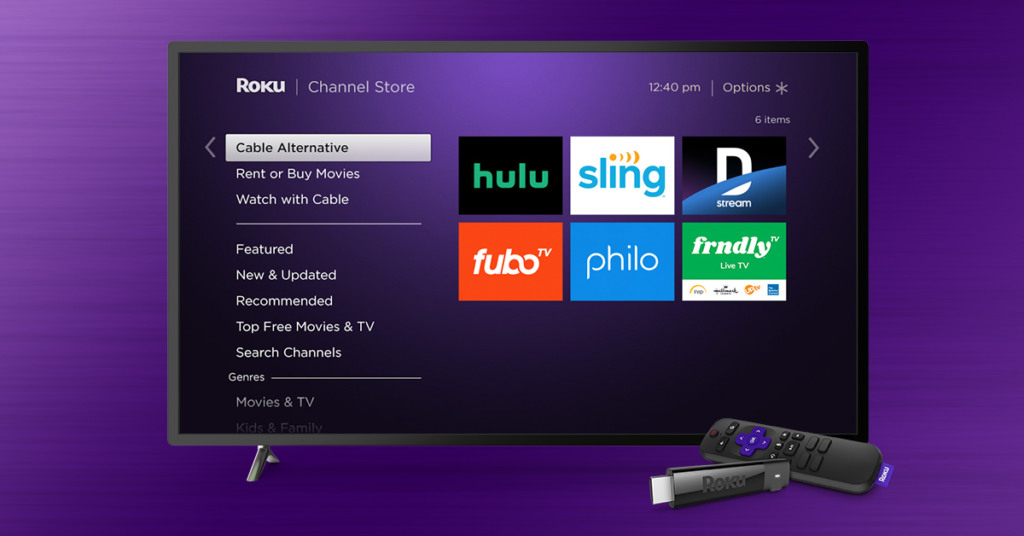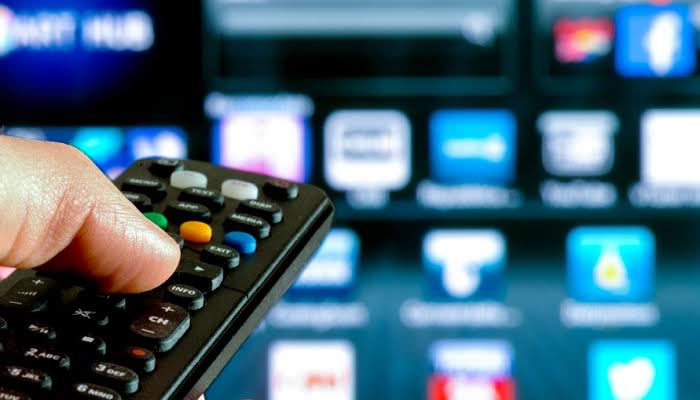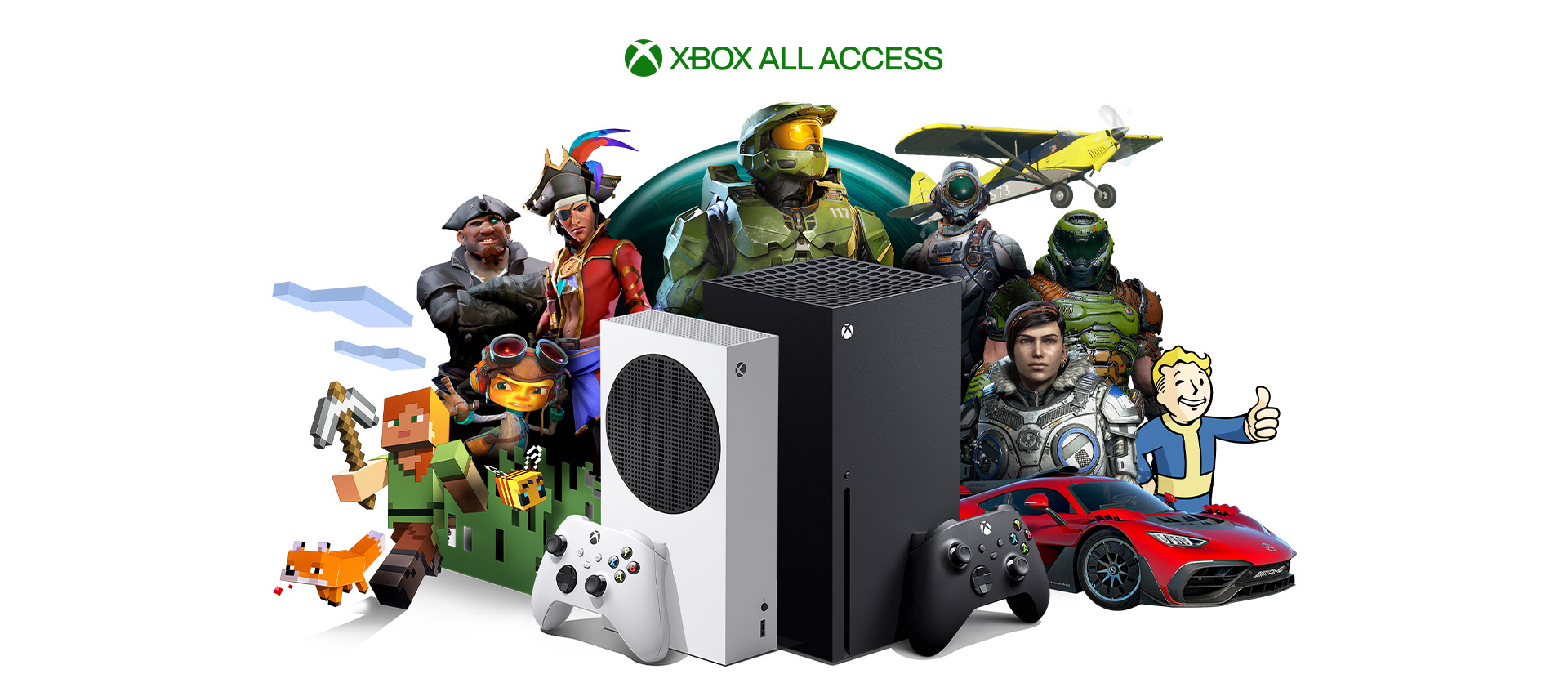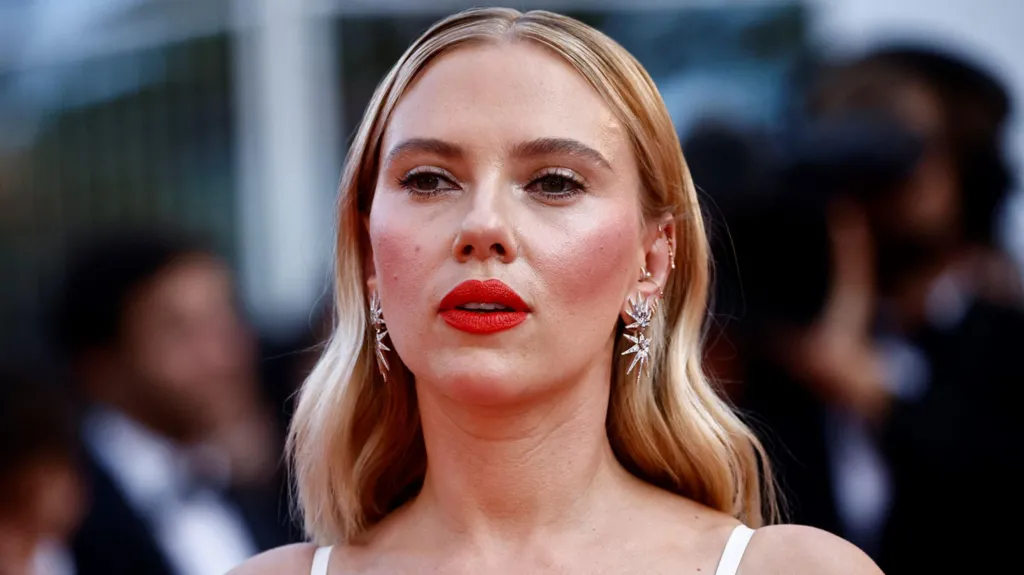In today’s digital world, the way we consume entertainment has Improved significantly. Gone are the days when cable TV reigned supreme as the primary source of television content. With the rise of digital streaming services, we as viewers now have more options than ever before. But with this abundance of choices comes the inevitable question:
Which one is truly worth my hard-earned money? Let’s look into the comparison between digital streaming services and cable TV to help make an informed decision.
Cost Comparison
Monthly Subscription Fees: When it comes to cost, digital streaming services often appear to be the more affordable option at first glance. With subscription plans typically ranging from 3,000 Naira to 15,000 per month on platforms like Netflix, they seem like a bargain compared to the hefty monthly bills associated with cable TV. However, it’s essential to consider additional costs and hidden fees that may accrue over time.
Content Variety
Selection of TV Shows and Movies: One of the most significant advantages of digital streaming services is the vast array of content they offer. From blockbuster movies to binge-worthy TV shows, there’s something for everyone’s taste and preferences. Moreover, streaming platforms often provide exclusive access to original content that can’t be found elsewhere.
Convenience and Accessibility
Availability on Multiple Devices: Gone are the days of being tethered to your living room couch to watch your favorite shows. Digital streaming services allow you to access content on a variety of devices, including smartphones, tablets, laptops, and smart TVs. Whether you’re at home or on the go, you can enjoy your favorite movies and TV shows with ease.
Quality of Viewing Experience
Streaming Quality and Resolution: One of the key factors that set digital streaming services apart from cable TV is the quality of the viewing experience. With high-definition and even 4K resolution options available, streaming platforms deliver crystal-clear images and immersive audio that rival traditional television broadcasts.
First poster for Biodun Stephen's 'Muri and Ko', trailer to be release this Friday. pic.twitter.com/Wrx6siDA3y
— Streamdorm (@Streamdorm) May 8, 2024
User Interface and Experience
Ease of Navigation: Navigating through the vast library of content offered by digital streaming services is a breeze thanks to user-friendly interfaces. Intuitive menus, personalized recommendations, and search functionalities make it easy to discover new content tailored to your interests.
Exclusive Features
DVR Capabilities: While cable TV has long offered DVR (Digital Video Recorder) functionality, many streaming services now provide similar features. Users can record their favorite shows and movies to watch later, giving them greater flexibility and control over their viewing experience.
Reliability and Technical Issues
Buffering and Streaming Problems: One of the downsides of digital streaming services is the occasional occurrence of buffering and streaming issues. Factors such as internet speed and network congestion can impact the quality of the streaming experience, leading to interruptions and frustration for viewers.

Customer Service and Support
Response Time to Inquiries: When it comes to customer service, cable TV providers have historically received their fair share of criticism for long wait times and poor responsiveness. In contrast, many digital streaming services offer prompt and efficient support through online chat, email, or phone, ensuring that users’ issues are addressed promptly.
Flexibility of Packages
Customization Options: Unlike traditional cable TV packages, which often come with fixed channel lineups and pricing tiers, digital streaming services offer greater flexibility and customization. Users can choose from a variety of subscription plans tailored to their specific viewing preferences and budgetary constraints.
Market Trends and Future Outlook
Growth of Streaming Services: The exponential growth of digital streaming services in recent years is a testament to their increasing popularity among consumers. With more and more viewers opting to cut the cord and embrace streaming, the future of television seems firmly rooted in the digital realm.
Environmental Impact
Energy Consumption Comparison: In addition to the economic considerations, it’s essential to examine the environmental impact of both digital streaming services and cable TV. Studies have shown that streaming content online consumes significantly less energy than traditional broadcast methods, making it a more environmentally friendly option.
Social and Cultural Impact
Influence on Viewing Habits: The rise of digital streaming services has not only changed how we watch television but also how we engage with media as a whole. With the ability to binge-watch entire seasons in one sitting and share our favorite shows with friends and family online, streaming platforms have become integral to our social and cultural lives.
Personal Preferences and Lifestyle
Suitability for Different Demographics: Ultimately, the decision between digital streaming services and cable TV boils down to personal preferences and lifestyle choices. While some may prefer the convenience and flexibility of streaming, others may value the reliability and familiarity of traditional television broadcasts.
The debate between digital streaming services and cable TV is far from black and white. Both options have their pros and cons, and the right choice ultimately depends on individual needs and preferences. Whether you prioritize cost-effectiveness, content variety, or viewing experience, there’s no one-size-fits-all solution. However, with careful consideration and research, you can find the option that best suits your lifestyle and budget.





